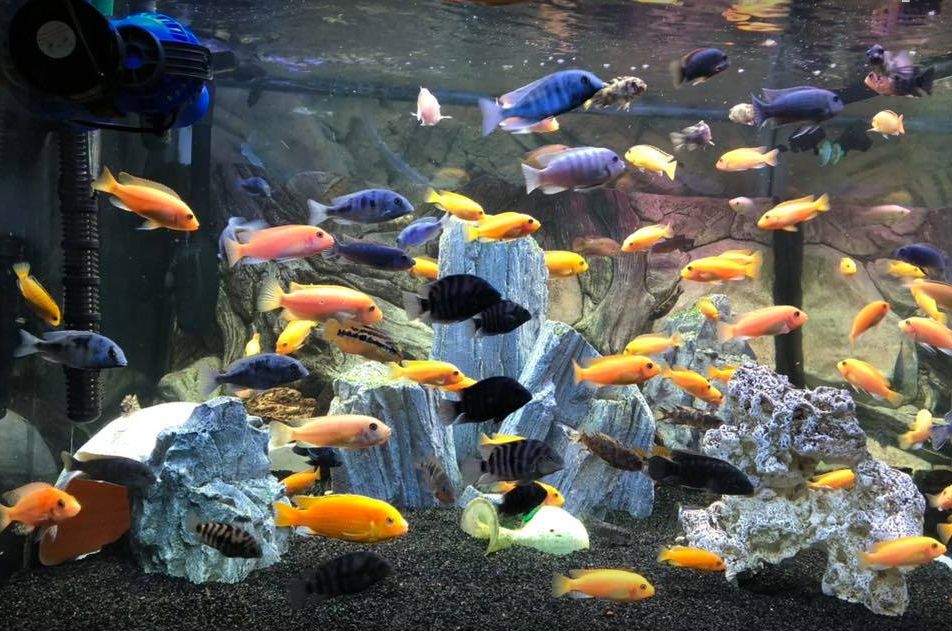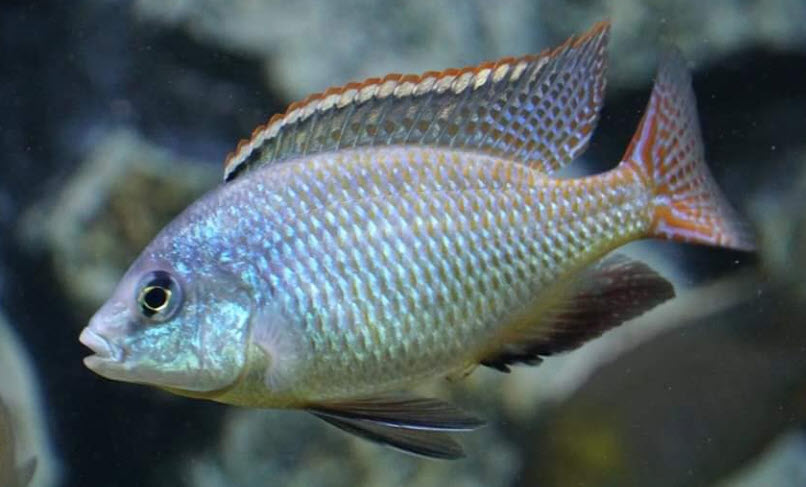
One of the biggest myths, repeated over and over by a host of well meaning but ill-informed commentators on social media, is that anaerobic or anoxic conditions can exist in an aquarium in the substrate if the substrate is deep enough. Per these individuals, conditions in some substrates (generally something called a “deep sand bed”) are anaerobic or anoxic and reduce nitrate to nitrogen gas and reduce sulfates to hydrogen sulfide.
Now I know many will “waffle” on this topic as they do not want to offend all these commentators. I cannot do that. All these commentators are just plain wrong! Sorry, can’t sugar coat it.
.
Deep sand beds do NOT do ANY anoxic denitrification nor do they create hydrogen sulfide.
.
This is true no matter how you set up the deep sand bed. Small sand particle, large sand particle, kitty litter, laterite, gravel, no plenum, plenum, very slow flow, no flow, slow flow, moderate flow, organic matter, no organic matter, three month, three years, etc. etc.. ALL combinations will NOT produce anoxic denitrifying conditions or any hydrogen sulfide gas. It just CANNOT happen for no less than six very solid scientific reasons.
Year long testing of four 5 inch deep sand beds with two controls showed they did NO anoxic denitrification nor did they create any hydrogen sulfide gas.

Note that the distinction between anoxic and anaerobic is very blurred, with the two terms being used interchangeably in all the literature. We go into the exact meanings in the article linked below on the science but for now assume anaerobic and anoxic mean the same thing.
This anaerobic myth is most commonly associated with something called a “deep sand bed”, where a bed of sand, especially a bed of sand in a marine aquarium, supposedly becomes anoxic and supposedly does a lot of nitrate reduction to nitrogen gas. There is a whole lot of “science” in marine aquarium keeper websites on how “well” this works.
Indeed there is a whole community of hobbyists whose passion is “deep sand beds” or “DSBs”. These hobbyists trade anecdotal evidence about how well DSBs reduce nitrates. This is all simply misinterpretations of what they are seeing. Invariably the real reason for the reduction in nitrates is “assimilatory denitrification” where plants, bacteria, fungi or fish are incorporating the nitrate into their bodies.

But it is also common for well meaning but ill-informed commentators on social media to say that normal substrates such as sand and gravel have “gone anoxic” and produced hydrogen sulfide gas. They then tell folks this hydrogen sulfide gas killed their fish. This is simply patently impossible in any substrate in an aquarium. Period.
The Anaerobic Science in More Depth
I go into the science behind the anaerobic substrate myth in a great deal more depth in this article (note I recommend this boring lengthy article only for the nerds among us, like myself):
14.2.4.1. The Science behind the Myth of the Anaerobic Aquarium Substrate
For more on the anaerobic myth click on the following:
7.5. Denitrifying Media
8.9. Anaerobic Reactors
.
Return to Equipment Menu
.
Aquarium Science Website
The chapters shown below or on the right side in maroon lead to close to 400 articles on all aspects of keeping a freshwater aquarium. These articles have NO links to profit making sites and are thus unbiased in their recommendations, unlike all the for-profit sites you will find with Google. Bookmark and browse!
.

Dave says
In reply to Kye For the “best” set up read this. Think five things: HEAVY biofiltration, heavy aeration, light feeding of a high protein food https, and only rearely lightly clean the filters. See this article for the full run down https://aquariumscience.org/index.php/1-1-12-how-to-make-fish-thrive/
Kye says
Hi. I just saw this page in regards to biohome medias, as i was just thinkin of buying some. I really like the way u destroys sooo many beliefs in regards to denitrification. Im gonna bookmark your website and give it a thorough read through. Honestly this is such an interesting read. On a side note, to put it simply, what is the best setup, for a well stocked/ planted tank, according your studies, which is the best bet for livestocks to live safely; better if they thrive.
Thank you, for the tests and everything. Thank you.